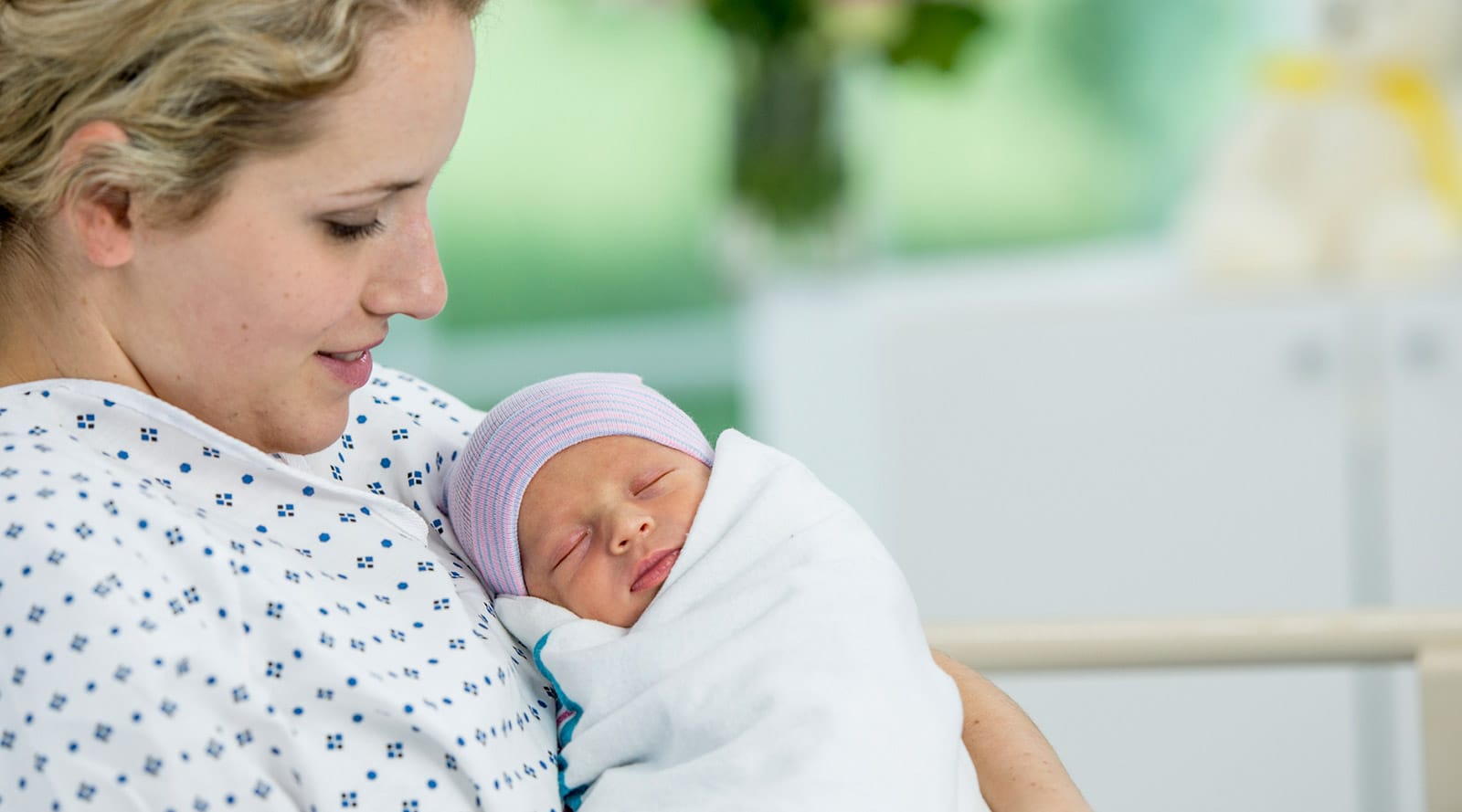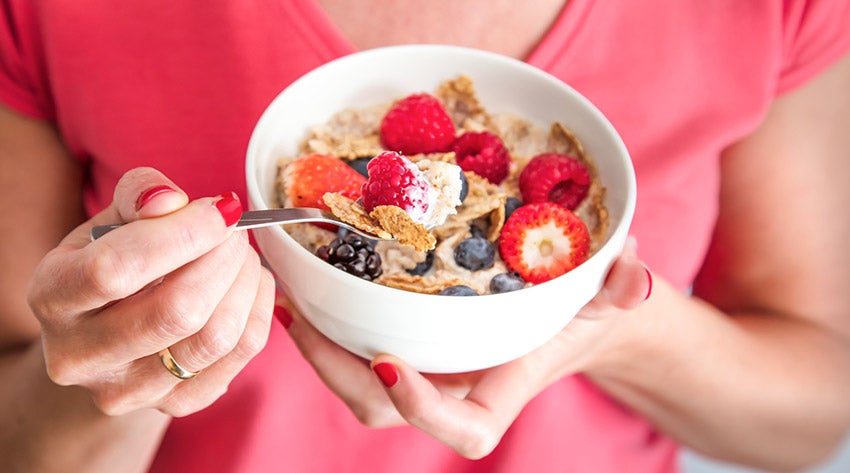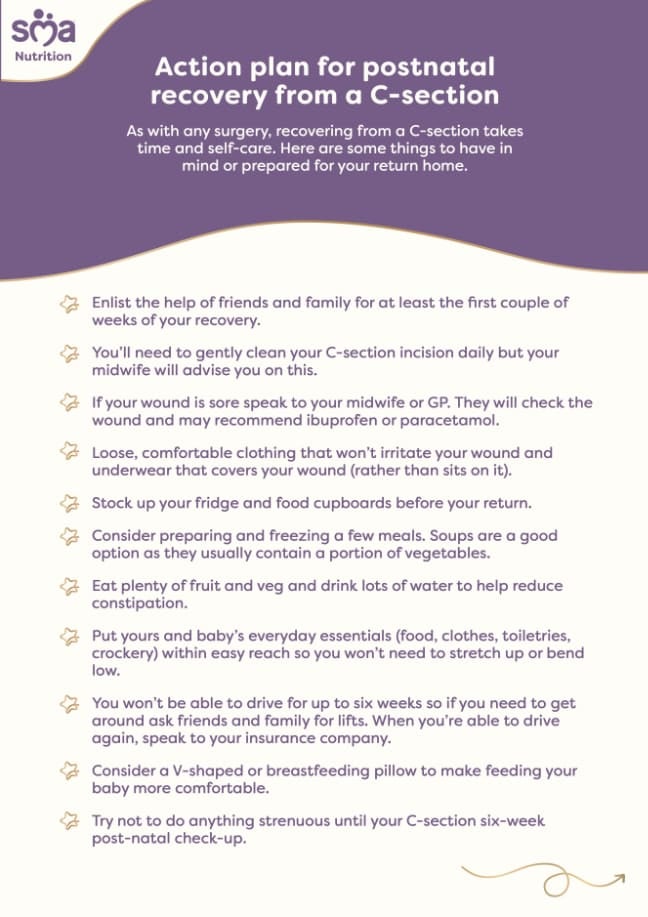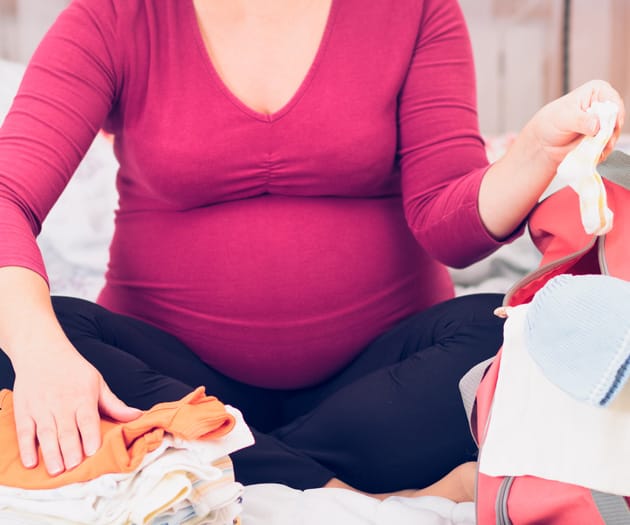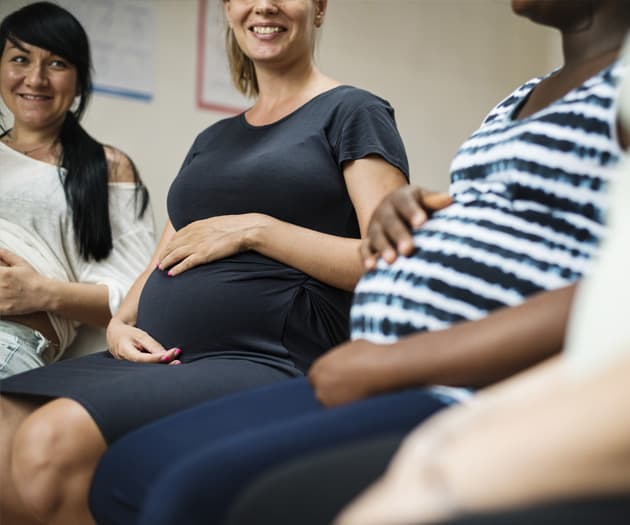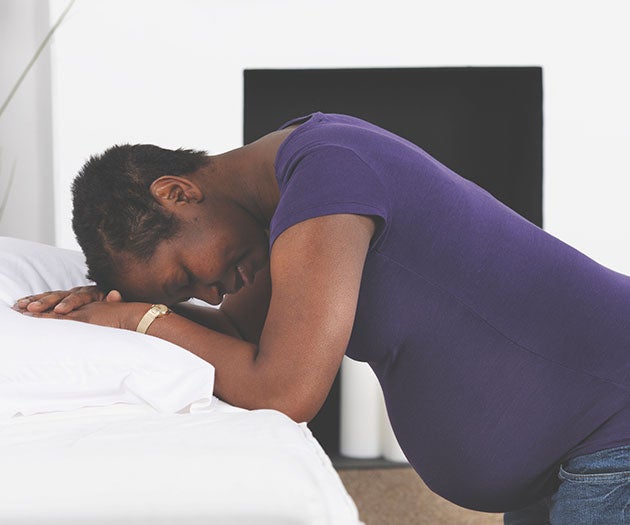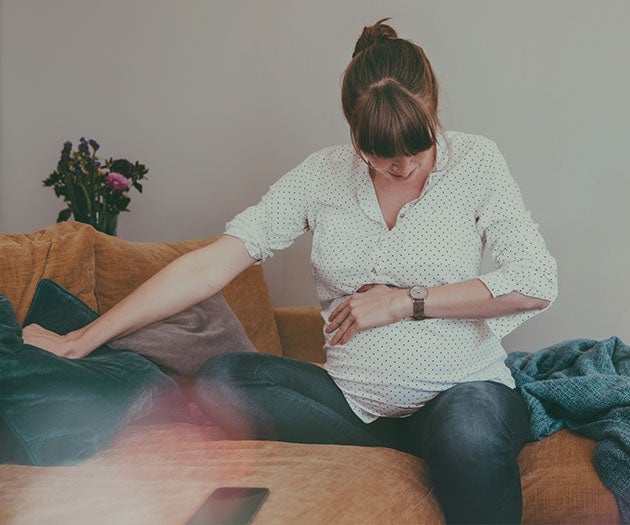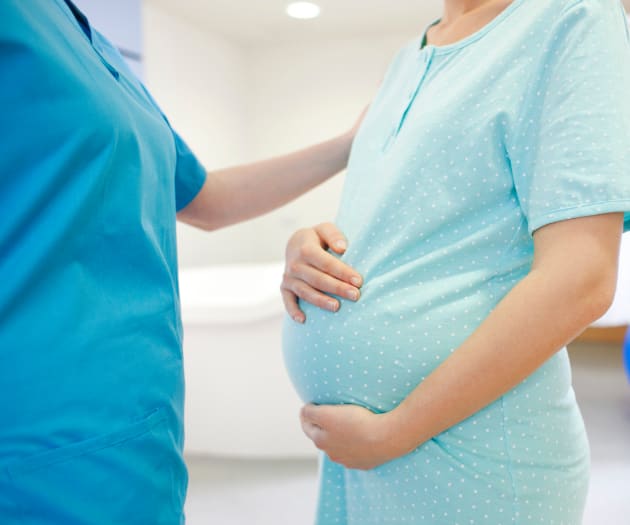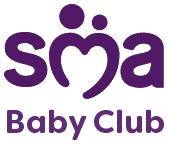Introduction
Your body’s been through a lot of changes over the last 40 weeks or so. When it comes to recovery after birth it might take a while before you feel completely yourself – it’s normal to feel sore and very tired postpartum.
Your body after pregnancy
Abdomen
You might not know this, but it’s not unusual to look about five (or more) months pregnant shortly after giving birth. Your skin might be a bit loose, and your tummy might be a funny shape as your muscles are stretched and separated but this is common. It’s just your organs taking time to go back to their normal places.
Breasts
Your breasts after pregnancy will probably be a bit bigger than before as they’re preparing for breastfeeding. If you start breastfeeding, you can expect them to get quite full and firm and even change shape. If you have sore nipples nipple cream can help and if you get really sore then cabbage leaves from the fridge (yes really), placed in your bra, can give soothing relief. Also, a well fitted and supportive feeding bra is a must.
Bladder
You might find you’re weeing regularly, and the occasional ‘accident’ may occur when you sneeze or laugh. Don’t reduce your water intake if this happens – incontinence after birth is normal, and it’s important to drink plenty to stay hydrated. If you can, make a start on those pelvic floor exercises before birth, and then a few days afterwards – it really will pay dividends. The NHS has a really helpful app called Squeezy for this.
Vagina
If you’ve had a vaginal birth, soreness in this area is a given. You may have had stitches and you’re more than likely feeling tender. One pro-tip to help with your recovery is to get a post-natal donut-shaped pillow to keep the pressure off your sore bits. You can also speak to your midwife for advice on ways to help with pain and healing.
Bleeding after birth
It’s not always common knowledge but there may be some heavy bleeding after you give birth. This is known as ‘lochia’ and occurs whether you had a vaginal delivery or a C section. It’s wise to pack a decent amount of maternity pads as you’ll want to change them regularly. Make sure you wash your hands thoroughly too.
Tampons aren’t recommended until after the six-week postnatal check as they could lead to an infection.
While breastfeeding you may notice bleeding becoming heavier and redder. This is because breastfeeding helps your womb contract, so you’ll probably feel some cramps, like period pains, these are called after pains. This bleeding could last for a few weeks, but it will gradually change to a brownish colour and become less heavy until it stops. Activity can make the bleeding increase, so rest if this happens and keep an eye on it. Speak to your hospital if it does improve or you have any concerns.
If you notice a lot of large blood clots tell your midwife in case it needs further attention.
Perineum tearing and episiotomy
Your midwife or doctor may have had to cut between the vagina and perineum during birth to make delivery easier or to avoid sudden tears, so you might have had an episiotomy. Even a natural childbirth may lead to perineum tears, so here’s a few ways to ease mind and body.
Episiotomy cuts are usually repaired within an hour of your baby being born with dissolvable sutures. This will heal within a couple of weeks.
You’ll probably need to take paracetamol or Ibuprofen to help you cope with the pain. Aspirin shouldn’t be taken if you’re breastfeeding as these can be passed to baby through your milk. Talk to your midwife about the pain relief options available.
To help ease pain try holding an ice pack (or cubes wrapped in a towel) on the incision. After using the toilet use warm water to rinse the sore areas. You might find squatting rather than sitting on the toilet reduces discomfort when urinating. Remember the main rule when wiping after a bowel movement, front to back, especially now, to avoid infection.
Talk to your midwife about which activities you should avoid during the healing period.
Piles
You may have more to show for your labour than just a beautiful baby. For example, it’s very common to have haemorrhoids after giving birth for a few days. Don’t be embarrassed to talk to your midwife or doctor about this, they’ve seen it many times before. Try and eat healthy high-fibre foods for a while such as muesli or whole wheat bread and pasta. Finally, hydration is crucial to help make things easier down there.
Constipation postpartum
On a similar note… You may end up a little constipated after labour for a number of reasons. Pain relief, iron tablets and a C section can all lead to an uncomfortable time after birth. Try to become more active, drink lots of water and get some fibre into your diet. Foods good for constipation are fruit, vegetables and cereals. Talk to your midwife if you need further help.
Diarrhoea
Fluctuating hormone levels, medications, or anxiety may mean you have an upset tummy after birth, although this is not that common. If it lasts more than a few days or if you’re worried speak to your doctor or health visitor. Stay hydrated as there’s bound to be some fluid loss.
C section recovery
It takes at least six weeks to recover from a C-section and you’ll be told to take it easy after the birth. As a general rule you shouldn’t lift more than your baby’s weight. Post C section, you also won’t be driving for a while so ask people to visit you at home if possible. Make sure you master the side-roll in and out of bed, it’s a total stitch-saver. Your midwife will be able to help you. Download our handy checklist of all the things to consider for postnatal recovery from a c-section.
Why not follow our tips on breastfeeding after a c-section.
Baby blues and postnatal depression
It’s not just physical aftercare that’s important to your recovery after birth, mental health care is too. About 80% of mums go through ‘baby blues’ shortly after birth, while some experience postnatal depression in the first year. Talking to family and friends helps, but if you’re worried speak to your midwife or a healthcare professional. If you need more information on postnatal depression and baby blues, we have it.
Stomach cramps
While your uterus is gradually contracting and shrinking back to its normal size after delivery you may experience stomach pain after birth, similar to menstrual cramps.
The first two to three days after giving birth are usually the most intense, although the uterus can take six weeks to return to its pre-pregnancy size.
These cramps often come on stronger during breastfeeding which stimulates the release of oxytocin, a hormone that causes the uterus to contract. On the plus side, oxytocin also helps you bond with your baby. If you need pain relief speak to your midwife for advice on the most appropriate options.
Take care
In terms of after birth care, there are lots of things you can do to take longer-term care of yourself. If you want to be prepared for the immediate (straight after birth) aftercare, you’ll have to get what you’ll need in advance. We have lots of advice on what to pack in your hospital bags.



